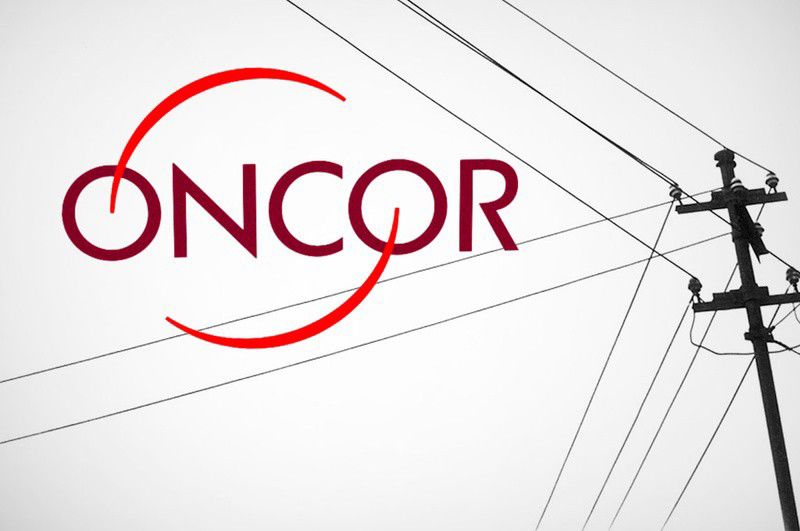Public Utility Commission delays hearing for bid to acquire Oncor
Published 12:33 pm Tuesday, May 30, 2017
The Public Utility Commission of Texas last week delayed a vote for a rehearing of NextEra Energy’s bid to acquire Oncor, which transmits power to 3.4 million Texans. The acquisition had been denied in April as NextEra refused to offer further concessions to ratepayers. NextEra, a Florida-based company, demanded a rehearing, though it has not changed its offer. While the vote has been delayed until next month, neither of the commissioners appeared inclined to reverse the previous ruling.
The question is: where does this leave ratepayers?
Recent weeks have brought fast-paced developments to the long-running Energy Future Holdings Corp. bankruptcy case. It has also become even more complicated. As a result of the PUCT rejection in April, Energy Future creditors last week sued for the ability to examine new exit plans for Oncor. While the lawsuit adds to an already thorny legal situation, it may offer ratepayers additional assurances against future electricity rate increases.
Last week, Elliott Management, the hedge fund in control of the lion’s share of Energy Future debt, sued in Delaware for the right to propose an alternate bankruptcy exit plan for the company. Energy Future holds 80 percent of Oncor, with the remaining shares held by a Canadian investment firm and the government of Singapore.
The PUCT ruled in April that NextEra’s takeover of Oncor was not in the public interest. If the commission denies a rehearing, NextEra could tie the case up in years of litigation, according to Geoffrey Gay, an attorney for 150 cities served by Oncor, speaking with Dallas Morning News this month.
The merger agreement between NextEra and Oncor doesn’t allow Energy Future to pursue other deals while the current deal is still pending. This leaves Energy Future with a choice between paying a $275 million termination fee to NextEra or allowing its remaining assets to be consumed by legal and accounting fees while the NextEra deal makes its way through the courts.
As the largest creditor of Energy Future, Elliott is demanding the ability to explore additional options. To this end, they have petitioned a U.S. district court to allow them to examine alternative strategies for exiting bankruptcy.
Elliott argues it is in the interest of everyone for Oncor to exit bankruptcy as quickly as possible. That could include finding a new buyer or taking the company public.
“It’s been difficult to please both bondholders and regulators,” Andrew Bischof, an analyst with Morningstar, told Bloomberg. “An IPO may be their best option at this point. If Texas regulators aren’t going to be a little more flexible, then an IPO is more likely.”
Some analysts suspect Energy Future creditors would still prefer another buyer step up, but either way, ratepayers could likely expect a better deal than that from NextEra if it is to get approved by the PUCT.
NextEra presented an $18 billion offer for the electricity transmission company. But the PUCT determined that the utility sale would not be in the public interest. NextEra expected substantial cost reductions after its acquisition of Oncor, but ratepayers would see little savings. Also, NextEra refused a ringfence around Oncor that protected it when Energy Future went bankrupt.
Even under the no net harm standard used by Texas regulators, this plan did not pass muster. Oncor would not be the first acquisition NextEra lost because of poor relationships on the ground. In 2016, the company failed to close a merger with Hawaiian Electric Industries after the state’s PUC ruled that the benefits of the takeover were “inadequate and uncertain.”
The rehearing Thursday was only the latest in a long-running saga. The cycle of hearings, rehearings and alternate lawsuits has already stretched out the bankruptcy for three years. That is great news for bankruptcy lawyers, but less so for ratepayers.
Extending the acquisition talks will, in the long run, hurt ratepayers. Oncor’s transmission infrastructure requires routine maintenance and expansion. Industry figures say the company needs access to about $1.5 billion each year for the next five years to manage these necessary improvements. With Energy Future remaining in bankruptcy, it makes it more difficult for Oncor to access capital markets, a situation that will only deteriorate over time.
Oncor has already announced a rate increase for late 2017. When announcing the price hike, company officials said that the increase was needed to help offset costs of improving the electric grid, including installing new poles and lines, rebuilding infrastructure, and upgrading software.
Without access to sufficient capital, Oncor may need to raise rates again in order to fund installations and upgrades.
Investment in infrastructure is not the only cost that increases the longer the bankruptcy case continues. As the case continues on and becomes increasingly complicated, the legal fees are already reaching north of $1 billion.
In “Bleak House,” one of Charles Dickens’s lesser-read novels, the cast of characters hopes to become rich as soon as the chancery court reaches a decision. Instead, they wait in vain, as the lawsuit drags on for years, bankrupting the estate and leaving only the lawyers wealthy. A minor version of this is at play in the Oncor case, where fees paid to lawyers and consultants cost $600,000 each day. Already the Oncor case is one of the most expensive bankruptcies in U.S. history and observers say that, if the case drags on, costs could even surpass those of Enron.







